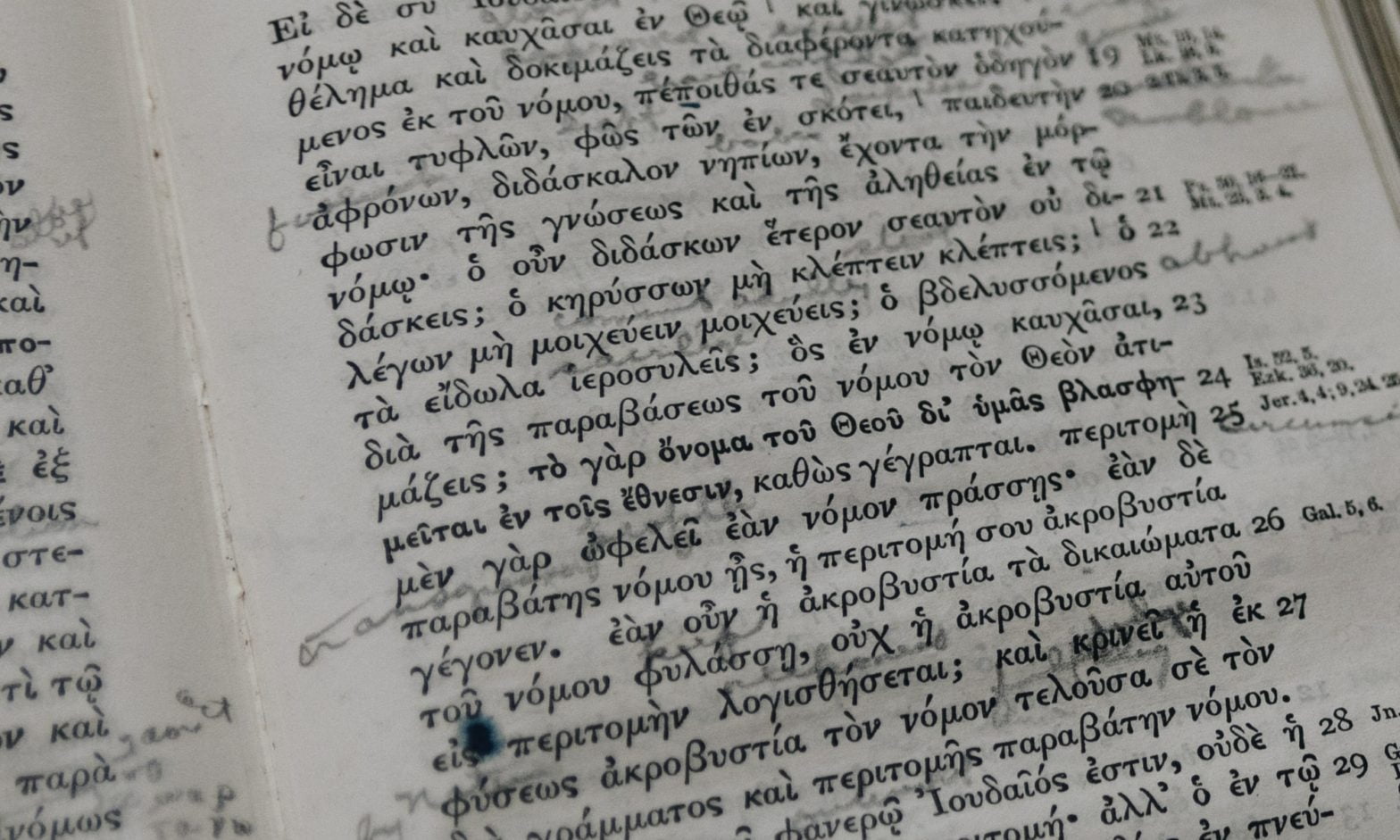Once you understand INTF’s document ID system, you can easily call up any Greek New Testament manuscript in the database.1
You can pull up a particular manuscript by either “ID” or “Name.” But for Greek witnesses, each document ID is a 5-digit code.
So once you’re familiar with the database’s conventions for this code, the “ID” search will probably be easiest.
Papyri
For papyri, the 5-digit code begins with a “1.” It ends with the number of the papyrus. And it has either one or two zeros between these two, depending on how many a final 5-digit sequence requires.
Thus, for example, “10046” is the manuscript number for 𝔓46, and “10100” is the number for 𝔓100.
Majuscules
For majuscules, the 5-digit sequence starts with a “2.” It ends with the number of the majuscule. And it may have up to two zeroes between these two to fill out the sequence.
Some majuscules are cited by number. When this is the case, a majuscule number always has a leading zero.
Others are cited alphabetically (e.g., by a Hebrew, Greek, or Roman letter). If this is the case, you’ll need to find the numeric abbreviation for that majuscule.
If you’re using the Nestle-Aland’s 28th edition (affiliate disclosure), you’ll find majuscule numbers in the “Codices Graeci” appendix starting on page 799.
Numeric majuscule abbreviations are also available in the second edition of Aland and Aland’s Text of the New Testament (affiliate disclosure) starting on page 107.
Thus, for instance, “20001” is the manuscript number for Sinaiticus where the “2” designates the manuscript as a majuscule, “01” is the manuscript designation in numerical system. And the remaining two zeroes fill out the five-digit sequence.
Minuscules
For minuscules, the 5-digit sequence starts with a “3,” ends with the number of the miniscule, and may have up to 3 zeroes between these two to fill out the sequence.
Your apparatus should already cite minuscules by number.
To look up 1881, then you’d simply search for “31881.” Or to search for 20, you’d search for “30020,” using a couple zeros ahead of the minuscule number to fill out the 5-digit sequence.
Lectionaries
For lectionaries, the 5-digit sequence starts with a “4” but otherwise works like the sequencing for non-lectionary minuscules.
Conclusion
There’s more to INTF’s document ID system for other types of witnesses (e.g., Coptic, Latin, and Syriac).
But with just these basics, you’re well on your way to working with INTF document IDs for Greek witnesses to the New Testament.
Header image provided by Kelly Sikkema via Unsplash. ↩

Leave a Reply